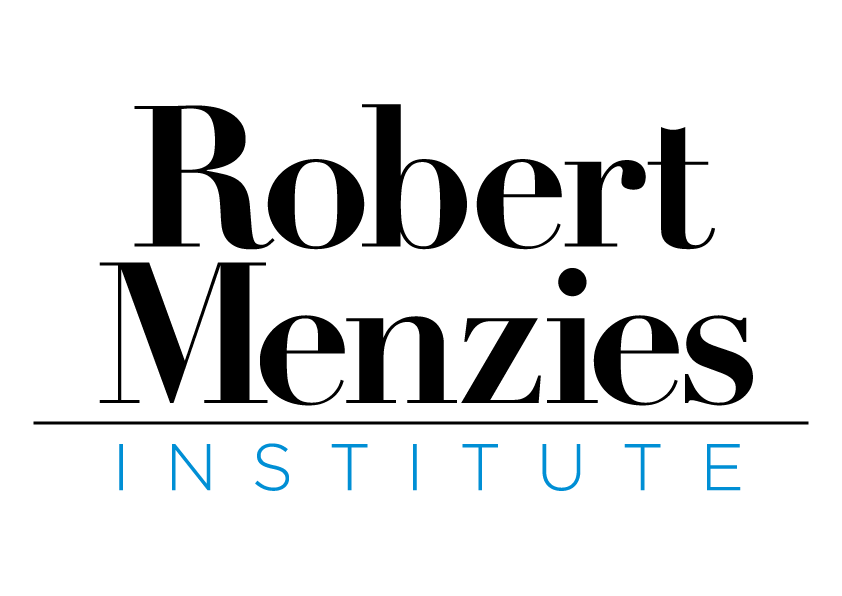Inquiry into the protections within the Victorian Planning Framework
The Robert Menzies Institute wishes to make a submission to the Inquiry Into The Protections Within The Victorian Planning Framework, concerning term of reference (4) protecting heritage in Victoria, including but not limited to — (a) the adequacy of current criteria and processes for heritage protection.
Introduction: Who We Are
The Robert Menzies Institute (RMI) is a prime ministerial library and museum that commemorates the life and legacy of Australia’s longest-serving Prime Minister Sir Robert Menzies, bringing alive the spirit of a great Australian for a new generation. Our mission is to foster discussion of and historical inquiry into Menzies, the Menzies era, and its enduring relevance to modern Australia. We form part of a growing network of prime ministerial libraries which are intended to enrich our understanding of Australian democracy – and which make us acutely aware of the importance of preserving artefacts of our democratic story.
The RMI is highly concerned that the Victorian Planning Framework does not adequately protect buildings of historical significance. Last year, the home of Sir Robert Menzies was demolished. We would like to use our submission to briefly draw attention to the historical importance of the house that once existed at 2 Haverbrack Avenue Malvern, and highlight it as a case study into the inadequacies of the current system.
Our Concerns: A Case Study of Historical Destruction
When Robert Menzies entered Federal Parliament as the Member for Kooyong in 1934, he resided at 10 Howard Street Kew, a property that he purchased in 1926. However, in August 1949, shortly before the Federal Election, that property was sold with a view towards moving permanently to Canberra should the Coalition of Liberal and National parties succeed at the poll. This is what eventuated, with Menzies moving permanently to the Lodge by the end of the year.
Menzies would reside in Canberra for 16 years as he enjoyed a record stint as Prime Minister which fundamentally shaped the course of Australia’s development. In 1965, as rumours of Menzies’s impending retirement spread, a group of benefactors arranged to purchase a house for him to retire to when he finally vacated the Lodge. At the time, the position of Prime Minister was not particularly well renumerated, and Menzies had made significant financial sacrifices in taking up a career of public service.
Menzies was reluctant to accept the gift, but he eventually acceded under the condition that when he died the proceeds of the house sale would go to two Melbourne girls’ schools, Tintern and Ruyton, which his wife Pattie and daughter Heather had attended. The property at 2 Haverbrack Avenue was thus a unique gift, testifying to Menzies’s relationship with the electorate and the humble nature of the functioning of Australian democracy at the time.
Menzies lived in 2 Haverbrack Avenue for 12 years, from 1966 until his death in 1978, during which time he remodelled the house to enlarge the study to house a magnificent library (which was subsequently bequeathed to the University of Melbourne). Menzies was a conspicuous resident, and he nicknamed the street ‘have-a-look avenue’ for the large number of ordinary Australians who would drop by to get a glimpse of their former Prime Minister. Menzies had many frequent and important visitors to the house, such as Catholic political leader B.A. Santamaria and future Labor Senator Barry Jones.
Menzies passed away inside the house at 4.30pm on 15 May 1978. The house was subsequently sold and the proceeds divided according to Menzies’s wishes. Unfortunately, in 1979 significant renovations were carried out, altering the property from that in which Menzies had lived. These were followed by further significant renovations in 1995.
If the historical significance of the property was recognised early enough, these renovations should have been prevented. Even with them occurring, there was a strong case to be made for the Government to purchase the property and turn it into a museum which would help to illuminate the story of Australian democracy. Such prime ministerial home museums are quite commonplace, existing for John Curtin, Joseph Lyons, and Gough Whitlam.
It was therefore a significant oversight that despite changing hands several times, the property remained in private hands. A far more egregious error was allowing the demolition, which Stonnington Council claimed did not require planning approval because it was not in a heritage overlay.
A heritage review prepared for Stonington Council in 2020 explained that the two major renovations had created a situation in which ‘no clear nexus’ existed between the property and that in which Menzies lived. This was a case of mistakes being compounded, for the planning framework should have done more to prevent renovations which so clearly destroyed something of historical significance, but that error having been made was no justification for the further error of the demolition which robbed Australia of an important historical landmark.
Conclusion: Our Solutions
In order to prevent future historical losses like that of 2 Haverbrack Avenue, the RMI would support:
1. Greater efforts to identify the historical significance of properties as early as possible.
2. Compilation of a list of homes in Victoria associated with historically significant figures.
3. Greater scrutiny of renovations being made in homes of historical significance.
4. Greater community consultation before demolitions occur. It was a great tragedy that the first-time newspapers reported on the demolition was after the fact rather than before. This should not be allowed to occur again.
Submitted to the Legislative Council Environment and Planning Committee on 28 January 2022.

